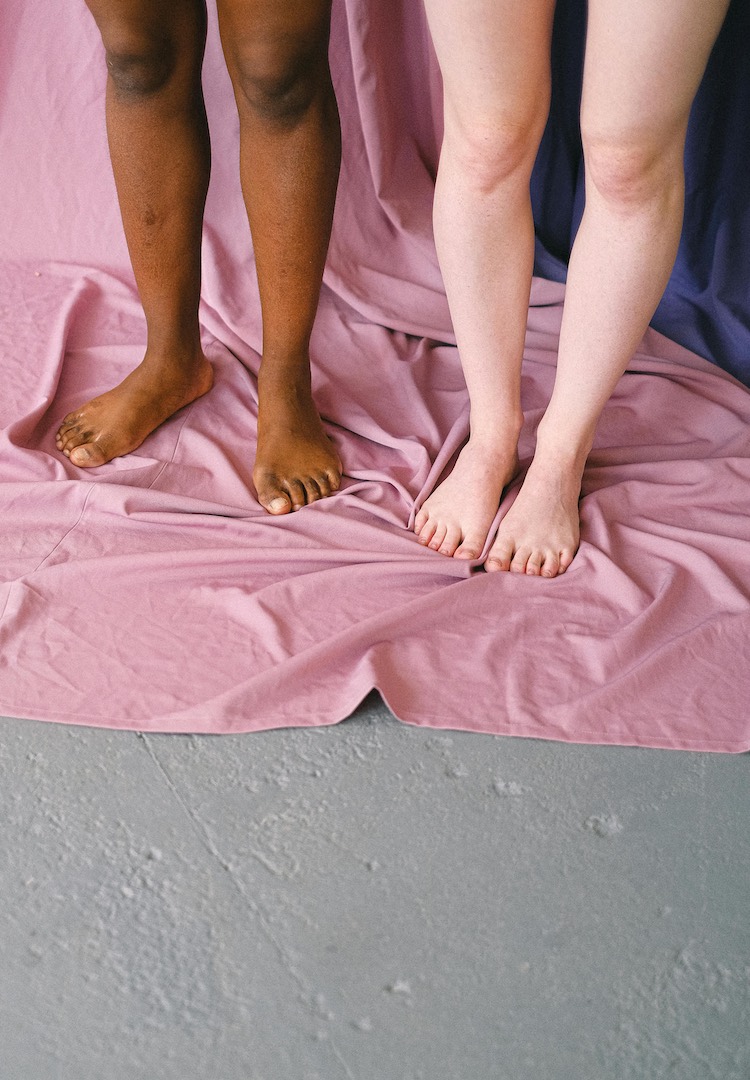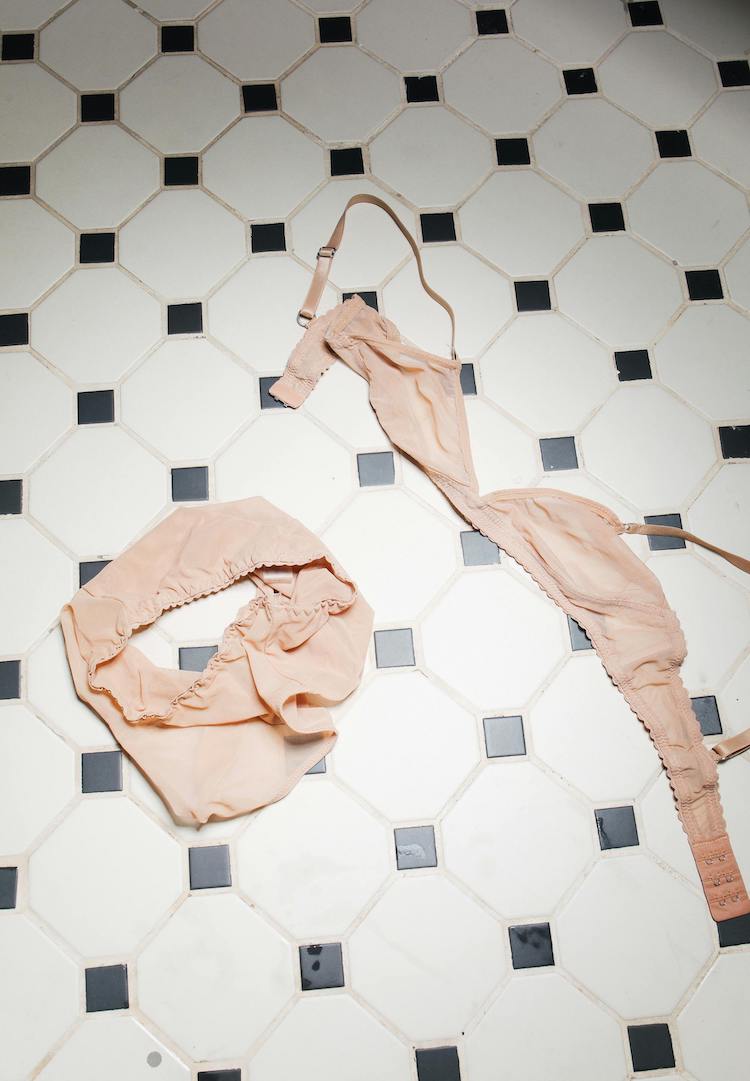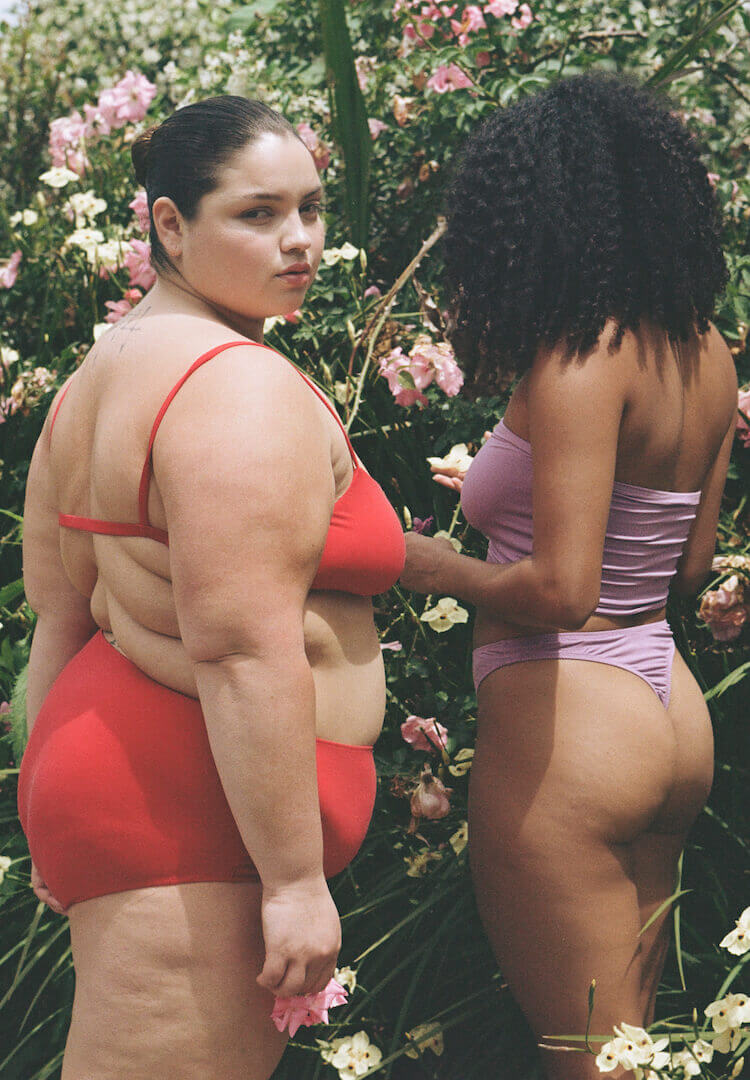Are g-strings really bad for you? I asked a women’s health specialist
Words by Hannah Cole
Words of wisdom before you rock that thong 24/7.
I’d never thought much of my g-string habit – bar a few days each month, I’m gallivanting in the barely-there, unafraid of that little wiggle, proudly seam-free. That is until I was met with a look of disdain from my sister a few weeks ago. ‘Don’t you know how bad that is?’ was the vibe.
Instantly spiralling, I wondered if maybe I was putting my tender nether regions at risk via my preferred underwear choice. Are g-strings really so bad for vaginal health? And if they are, what’s a staunch thong obsessive like me to do (and wear)?
Have more burning questions? Head over to our Health section.
Are g-strings bad for vaginal health?
Turning to Dr Tina Amies, a GP specialist in the Jean Hailes vulval clinic, my concerns were (at least partially) alleviated. She starts by saying, “Underwear choice is a personal one, and there are no right or wrong options, so long as the decision is an individual’s own and the option is comfortable to wear.” (My first win).
That said, studies show that some wearers can experience an increased risk of infection (one of the causes: the transfer of bacteria from back to front), vulva irritation and discharge. “For some, g-strings can increase the risk of recurrent thrush or candida infection because this style of underwear traps moisture which in turn can affect the pH of the vagina and favour overgrowth of yeasts.” And, as she notes, daily wear can exacerbate irritation, owing to a poor fit where the fabric continually rides up, moves or chafes.
Because I’ve gotten through life relatively unscathed so far (and am deeply committed to my ways), I ask what to look for then, if you’re a mega-fan like me. “It’s really important that all underwear be the right size and not too tight to cause skin damage and irritation,” she says. “Choose underwear made from natural fibres like cotton, rather than non-breathable fabrics like synthetics or lace.”
A few g-strings to love
Lucky for us, there are a bunch of Aussie brands with best practice when it comes to getting some great bang for your butt.
First up, Boody, my tried-and-tested favourite. Rebecca Innes, Product Lead at the label, fills me with confidence about my choice. “Our main consideration is around our fabric composition,” she says. “Our bamboo viscose underwear styles are created with 79 per cent viscose from bamboo.”
Why bamboo? “[It] has a high anti-bacterial, permeability quality, and absorption capacity,” Rebecca explains. Plus, it’s breathable (bye-bye, thrush). In terms of fit, each style undergoes rigorous wear-testing and tweaking. Ultimately, there’s less rubbing and pulling, friction and irritation, resulting in an incredibly breezy feel.
Underwear for Humanity takes good-for-you to the next level, adding a good-for-others element, too. Crafted from eucalyptus-derived Tencel and recycled elastane, the result is a g-banger that’s loaded with good reviews – comfortable, breathable and sustainable. No more undies that slip, pinch and ruin your day – which, as Dr Amies has divulged, are not only a joy-remover but a one-way ticket to infection.. The real kicker is they’ll donate a pair to charity for every piece of underwear purchased.
Crafted from renewable wood sources, Nat’v Basics is another local label that supports organically and sustainably farmed materials – and their pieces are soft, sexy and comfortable to boot. Lenzing Modal is the fabric choice, with multiple g-string styles available, offering a pared-back style to suit the mood and the dress code. Moisture wicking: tick. Odour control: check. Toxin-free: done deal.
If you’re a cotton enthusiast, try Melbourne-based Bhumi for g-bangers made from organic materials. Founded as a practical way to combat traditional cotton farming’s havoc, the label adheres to sustainable and ethical practices, lightening the typically heavy load on both workers and the environment. Its core organic cotton g-string is combined with recycled elastane (for that much-needed stretch), promising a low-impact wear that’s soft, durable and ultimately very good for your tooshie.
Final words of wisdom
As Rebecca reminds me, your wear should depend on the level of activity you’re doing. “If you’re exercising or on the go, we’d recommend changing your underwear more than if you are at home lounging around.” (Pocketing this one for after my next sweaty pilates sesh). Dr Amies closes by adding, “Most of us don’t choose to wear the exact same clothes every day, so why would we choose to wear the same style of underwear?” Food for thought.
For more about vaginal health and underwear choices, head here.













